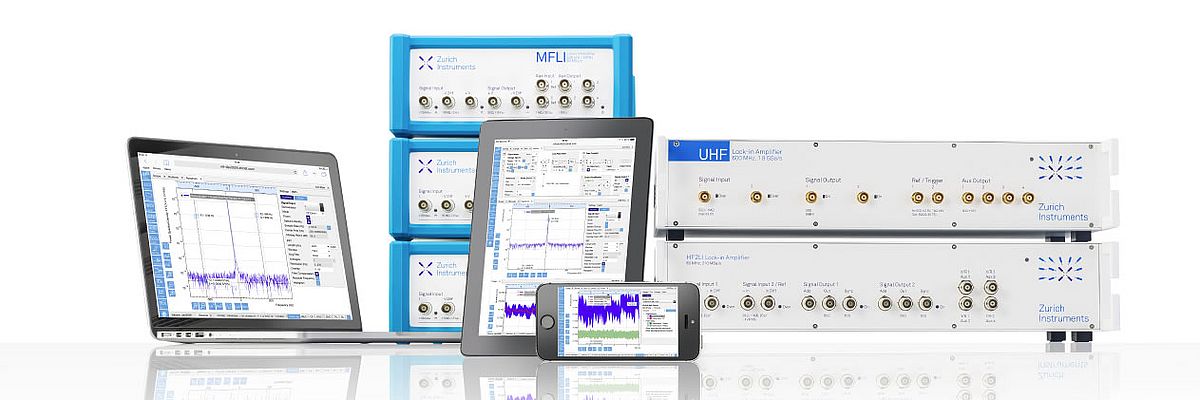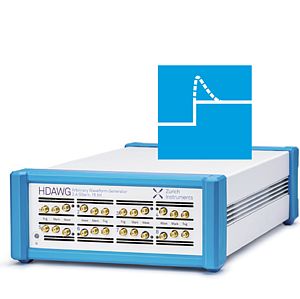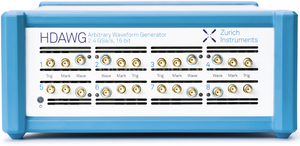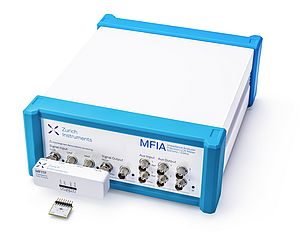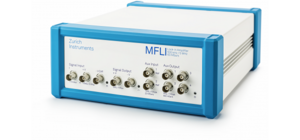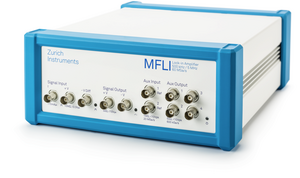Lock-in amplifiers were invented in the 1930’s and commercialized in the mid 20th century as electrical instruments capable of extracting signal amplitudes and phases in extremely noisy environments. They employ a homodyne detection scheme and
low-pass filtering to measure a signal’s amplitude and phase relative to a periodic reference.
A lock-in measurement extracts signals in a defined frequency band around the reference frequency, efficiently rejecting all other frequency components. The best instruments on the market today have a dynamic reserve of 120 dB , which means they are capable of accurately measuring a signal in the presence of noise up to a million times higher in amplitude than the signal of interest. This document provides a quick introduction to the principles of lock-in amplification and explains the most important measurement settings. The lock-in detection technique is described both in the time and in the frequency domain. Moreover, details are laid out on how signal modulation can be exploited in order to improve on signal-to-noise ratio (SNR) while keeping acquisition time low. Finally, recent innovations are discussed and the state of the art is described.


